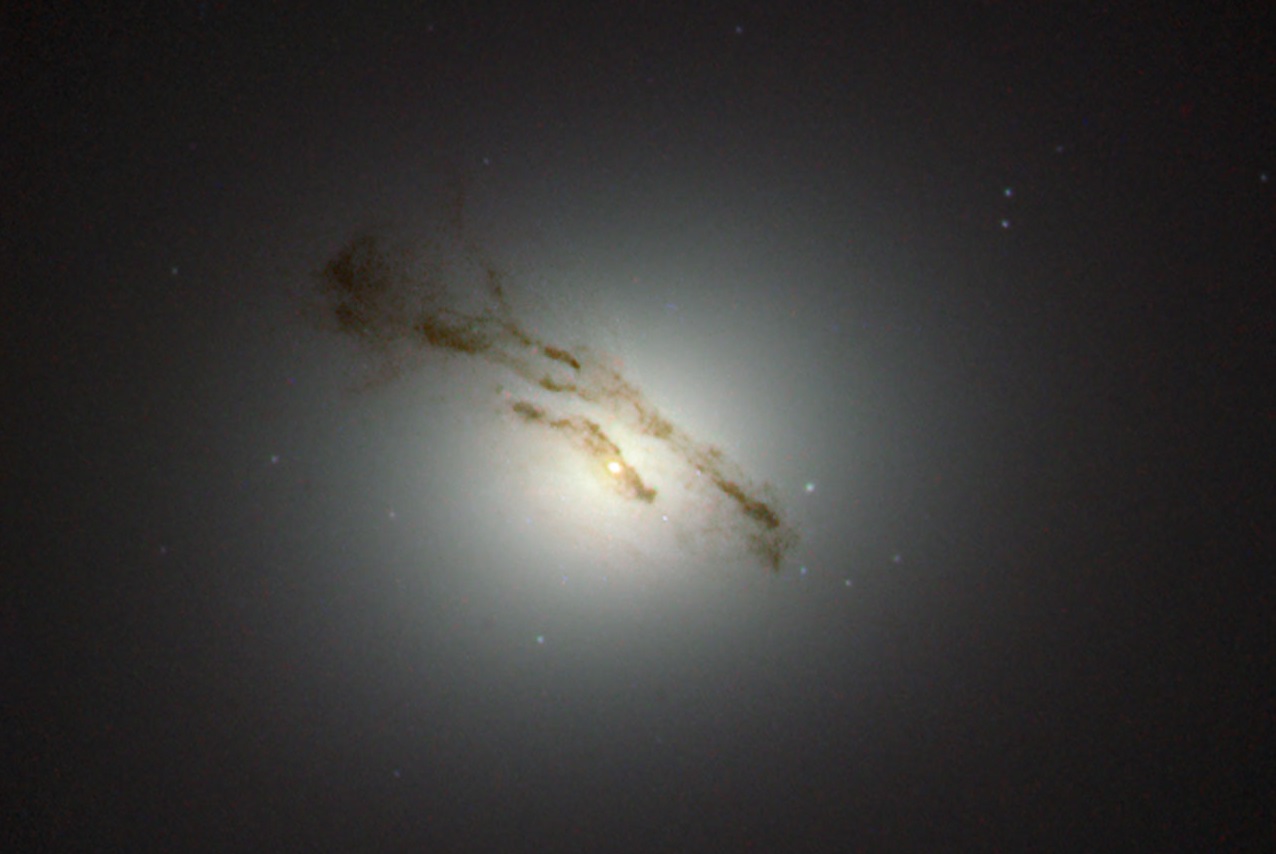Welcome back to Messier Monday! Today, we continue in our tribute to our dear friend, Tammy Plotner, by looking at the elliptical (lenticular) galaxy known as Messier 84!
During the 18th century, famed French astronomer Charles Messier noticed the presence of several “nebulous objects” while surveying the night sky. Originally mistaking these objects for comets, he began to catalog them so that others would not make the same mistake. Today, the resulting list (known as the Messier Catalog) includes over 100 objects and is one of the most influential catalogs of Deep Space Objects.
One of these objects is known as Messier 84, an elliptical (or lenticular) galaxy located about 54.9 million light years from Earth. This galaxy is situated in the inner core of the heavily populated Virgo Cluster and has two jets of matter shooting out of its center. It also has a rapidly rotating disk of gas and stars that are indicative of a supermassive black hole of 1.5 billion Solar masses at its center.

